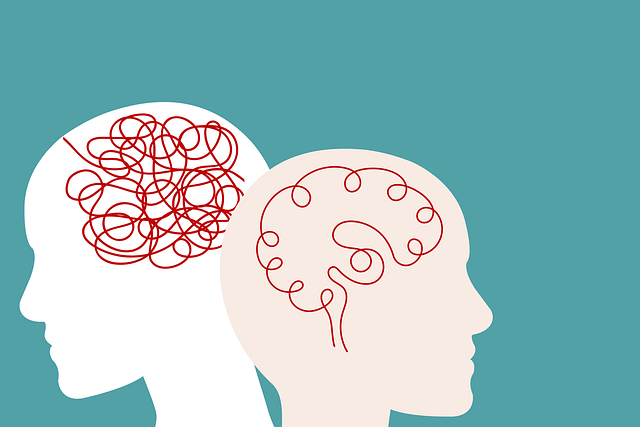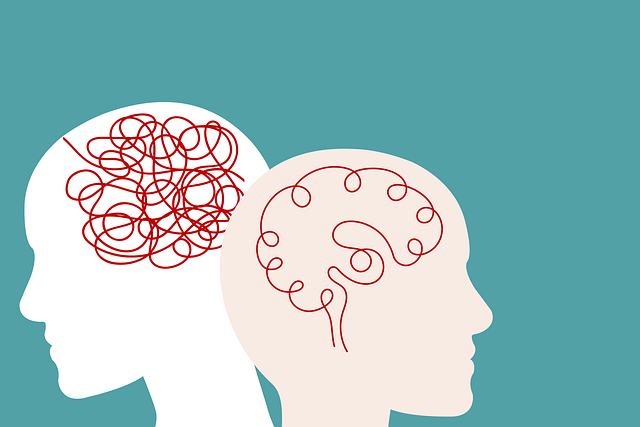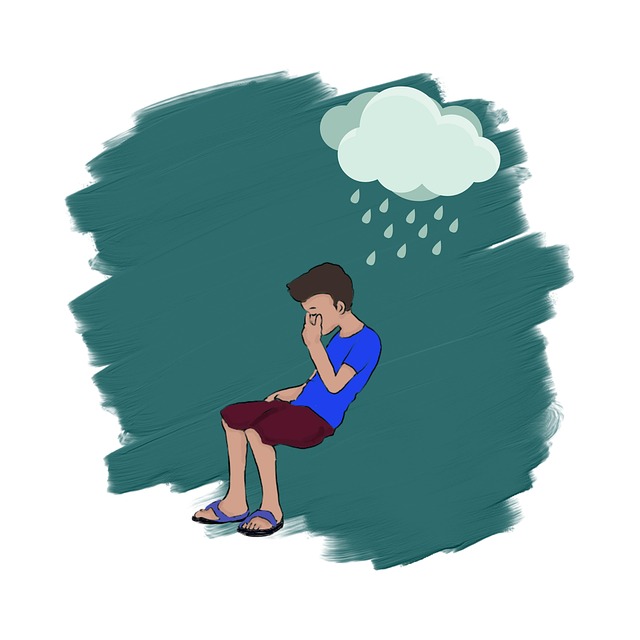Children's stress, often signaled through behavioral changes and physical symptoms, requires early identification. Differing triggers demand tailored support, with therapies like CBT and EMDR effective against trauma and abuse. At home and school, supportive environments, routines, self-care, and open communication reduce stress and foster security for affected children. Structured therapy, mindfulness, journaling, and mental wellness podcasts empower kids to manage stress and build resilience through healthy coping mechanisms.
Stress reduction is a vital aspect of child development, especially in mitigating the effects of trauma and abuse. This article explores comprehensive strategies to identify and address childhood stress, focusing on signs, triggers, and effective interventions. We delve into therapy approaches tailored for young survivors, emphasizing cognitive-behavioral therapy and play therapy. Additionally, it offers insights into creating nurturing environments at home and school, providing a supportive network for children’s emotional well-being. Key strategies include mindfulness practices, positive reinforcement, and age-appropriate coping mechanisms.
- Recognizing Stress in Children: Signs and Triggers
- Therapy Approaches for Child Trauma and Abuse
- Creating a Supportive Environment at Home and School
- Additional Strategies for Effective Stress Reduction in Children
Recognizing Stress in Children: Signs and Triggers

Children, just like adults, can experience stress, and recognizing it early is crucial for their mental wellness. Stress in kids often manifests through behavioral changes and physical symptoms. Some signs to look out for include frequent irritability, difficulty concentrating, bedwetting (in otherwise toilet-trained children), headaches, stomachaches, or excessive anxiety about school or social situations. These could be indicative of underlying issues that require professional intervention.
Common triggers for stress in children range from academic pressures and peer relationships to changes at home, such as a new sibling, family moves, or even experiencing child abuse. It’s important to remember that every child is unique, and what triggers stress in one might not affect another. Understanding these signs and triggers can help parents and caregivers provide the necessary support, including coping skills development and trauma support services, to help children navigate and overcome their stressors.
Therapy Approaches for Child Trauma and Abuse

Children who have experienced trauma and abuse often require specialized therapy approaches to heal and rebuild their emotional well-being. One effective method is Cognitive Behavioral Therapy (CBT), which helps young individuals identify and change negative thought patterns resulting from traumatic events. Through CBT, children can learn coping strategies to manage their emotions and reduce the impact of distressing memories. Another powerful approach is Eye Movement Desensitization and Reprocessing (EMDR), a therapy designed to help process and resolve traumatic memories. This technique uses bilateral stimulation, such as side-to-side eye movements or subtle tactile signals, to access and process traumatic memories, reducing their intensity over time.
In addition to these evidence-based therapies, art therapy and play therapy are valuable tools for engaging children in the healing process. These non-verbal forms of expression allow kids to explore and communicate their experiences, fostering emotional release and promoting mental wellness. Furthermore, mental wellness podcast series production can offer a supportive medium for sharing recovery stories and providing education about trauma and its effects on children. However, it’s crucial that mental health professionals conducting therapy or producing such content undergo thorough risk assessments to ensure the safety and well-being of their young clients.
Creating a Supportive Environment at Home and School

Creating a supportive environment is a powerful tool for stress reduction and can significantly impact a child’s well-being, especially those who have experienced child abuse or trauma. At home, this involves establishing routines that prioritize safety and emotional comfort. A consistent daily schedule, including dedicated time for play, learning, and relaxation, can help children feel secure. Incorporating self-care practices such as mindful breathing exercises, journaling, or engaging in creative activities allows them to develop healthy coping mechanisms and build resilience.
In a school setting, fostering a supportive environment means implementing trauma-informed approaches that recognize the potential impact of past experiences on a student’s present. Teachers and staff can promote a sense of belonging by encouraging open communication, providing consistent support, and incorporating confidence-boosting activities into the curriculum. Trauma support services should be accessible to all students, ensuring they receive the necessary care and guidance to navigate their emotional well-being, both within the classroom and beyond.
Additional Strategies for Effective Stress Reduction in Children

In addition to structured activities and mindfulness practices, there are several other strategies that can significantly aid in stress reduction for children. One effective approach is therapy for children, particularly designed to help them process emotions, understand triggers, and develop healthy coping skills. This can be especially crucial if a child has experienced child abuse, as it provides a safe space to heal and rebuild trust.
Encouraging children to engage in mental wellness journaling exercises or even listening to a mental wellness podcast series production tailored for their age group can also prove beneficial. These activities offer opportunities for self-expression, reflection, and learning coping mechanisms in a fun and engaging manner. By integrating such practices into their routines, children can develop resilience, enhance their mental wellness, and better manage stress as they grow.
Stress reduction is a vital aspect of fostering healthy development in children, especially those who have experienced trauma or abuse. By recognizing signs and triggers early on, creating supportive environments, and implementing effective strategies, parents, caregivers, and educators can significantly improve a child’s well-being. Therapy approaches tailored for children offer safe spaces to process emotions, while additional techniques like mindfulness and creative outlets empower them to manage stress proactively. Together, these methods can help break the cycle of trauma and promote resilience in young lives.










